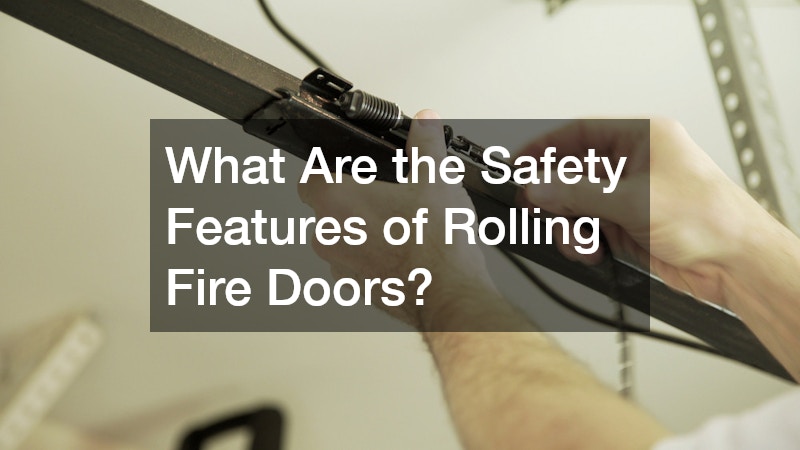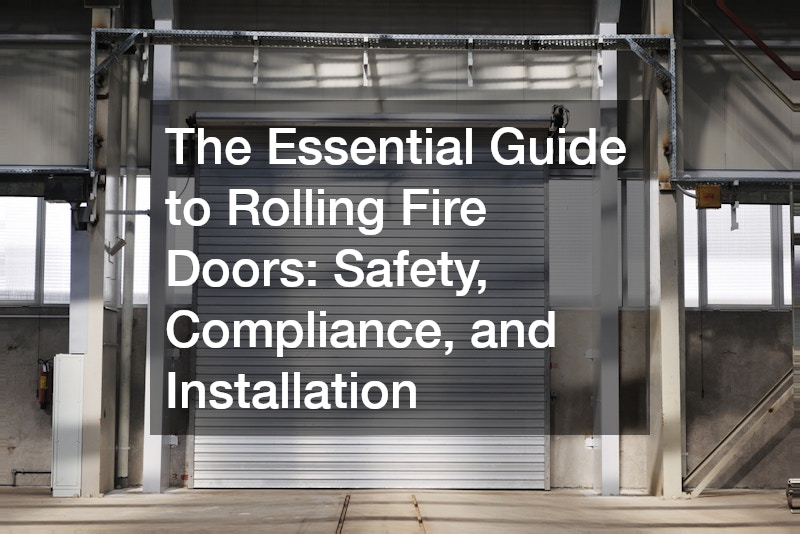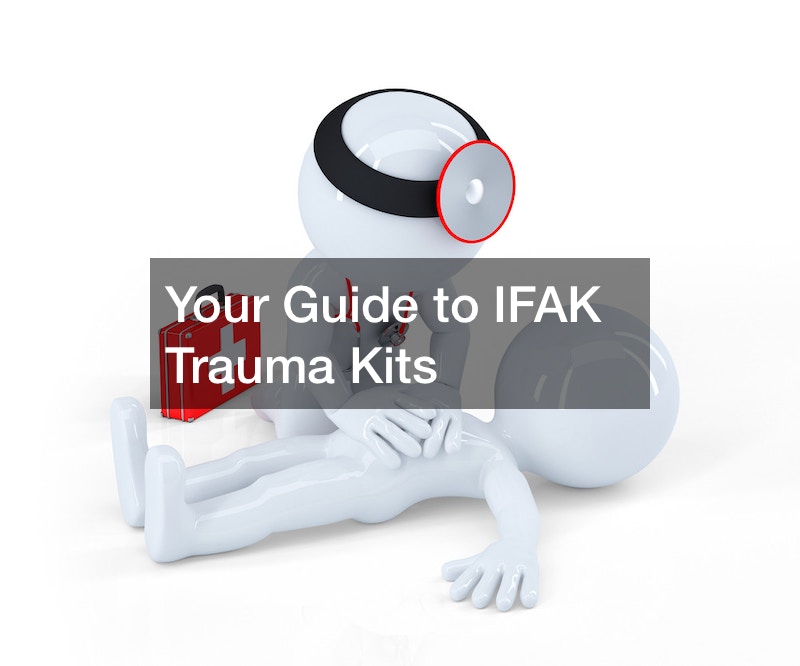Rolling fire doors play a crucial role in fire safety by preventing the spread of fire and smoke. Understanding their importance, compliance requirements, and installation process can help ensure optimal safety in residential and commercial buildings. This guide will cover key aspects related to rolling fire doors – safety considerations, compliance regulations, and installation guidelines.
What Are the Safety Features of Rolling Fire Doors?
Rolling fire doors are equipped with advanced safety mechanisms designed to enhance fire protection. These doors often feature automatic closing systems that activate upon detection of fire, ensuring they close securely to block fire spread. In addition to automatic closing, thermal sensors detect rising temperatures, triggering the door’s response to fire threats.
The combination of these built-in mechanisms reinforces the necessity of rolling fire doors in high-risk areas such as commercial buildings and industrial facilities. These features operate in harmony to enhance occupant safety and limit fire damage. Understanding these mechanisms is crucial for anyone involved in building design and fire safety planning.
Regular maintenance and inspections are vital to ensure the reliable operation of rolling fire doors. Maintenance procedures should include checking the functionality of closing systems, thermal sensors, and intumescent seals. Implementing a routine inspection schedule helps identify and rectify potential issues before they compromise the door’s effectiveness during an emergency.
Professional inspections can uncover hidden defects or wear that may not be immediately obvious, such as worn seals or sluggish door movement. Addressing these issues as part of a preventive maintenance program extends the life of the door and maintains its compliance with safety standards. Establishing a maintenance log also serves as a valuable record for compliance audits.
Building owners and facility managers must prioritize regular fire door maintenance as a fundamental part of their fire safety strategy. This proactive approach minimizes the risk of door failure, ensuring these critical defenses are ready when most needed. Failure to maintain rolling fire doors could lead to significant safety hazards during a fire event.
How to Ensure Compliance with Fire Door Regulations?
Compliance with national and local fire safety codes is imperative for the installation and operation of rolling fire doors. These codes are designed to ensure all fire doors meet minimum safety standards, providing a benchmark for quality and performance. Building managers must stay informed on the latest code updates to maintain compliance and safeguard occupant safety.
National codes often set the foundation for fire safety, while local jurisdictions may introduce additional requirements based on specific needs and risks. Compliance with both sets of regulations ensures that rolling fire doors are effective in a wide array of environments. Key codes to reference include the International Building Code (IBC) and the National Fire Protection Association (NFPA) standards.
By understanding and adhering to these regulations, building owners can avoid costly fines and potential legal consequences. Ensuring compliance protects not only occupants but also the broader community and environment. Consulting with fire safety experts is often beneficial to ensure complete and precise adherence to all applicable codes.
Proper documentation and certification are crucial components of fire door compliance, offering proof that installations meet established safety standards. This process typically involves obtaining certifications from recognized testing bodies that confirm the doors meet required performance criteria. Documentation also includes detailed installation records and maintenance logs.
How Is the Installation Process of Rolling Fire Doors Conducted?
Proper preparation and planning are crucial for the successful installation of rolling fire doors. This process begins with a comprehensive site assessment to determine specific installation requirements and challenges. Clear communication with suppliers and contractors ensures that all materials and resources are available before work begins.
The planning phase should involve scheduling, budgeting, and coordination of necessary permits and compliance checks. Installation teams must understand the building layout and fire safety strategy to tailor their approach accordingly. Effective planning minimizes disruptions, ensures regulatory compliance, and sets the stage for a successful installation.
Pre-installation efforts also include verifying that the selected doors meet all specified fire ratings and are suited to the building’s unique needs. Detailed site surveys help identify potential obstacles, such as existing structural elements or utilities that may impact installation. Addressing these factors early helps prevent costly adjustments during the installation process.
Rolling fire doors are an essential component of modern fire safety architecture. By understanding their safety features, ensuring compliance with regulations, and adhering to proper installation processes, individuals and businesses can significantly enhance their fire safety measures. This guide provides a comprehensive overview to assist in making informed decisions regarding rolling fire doors.




